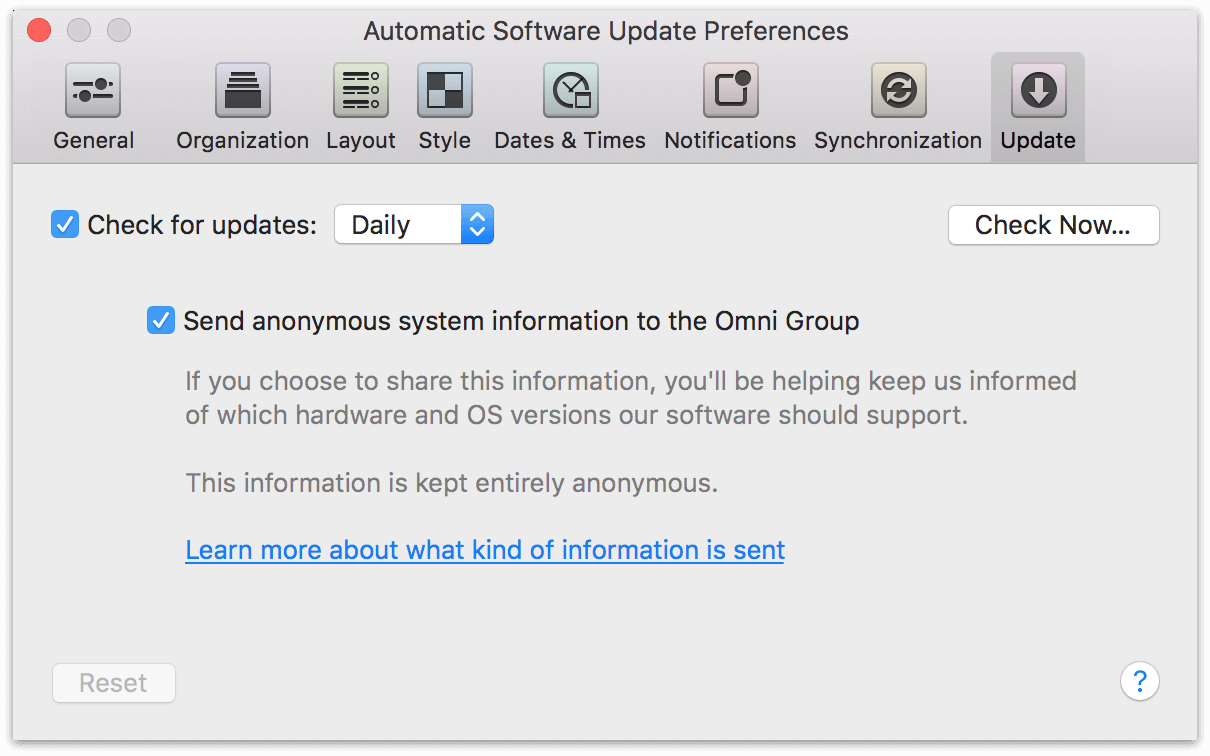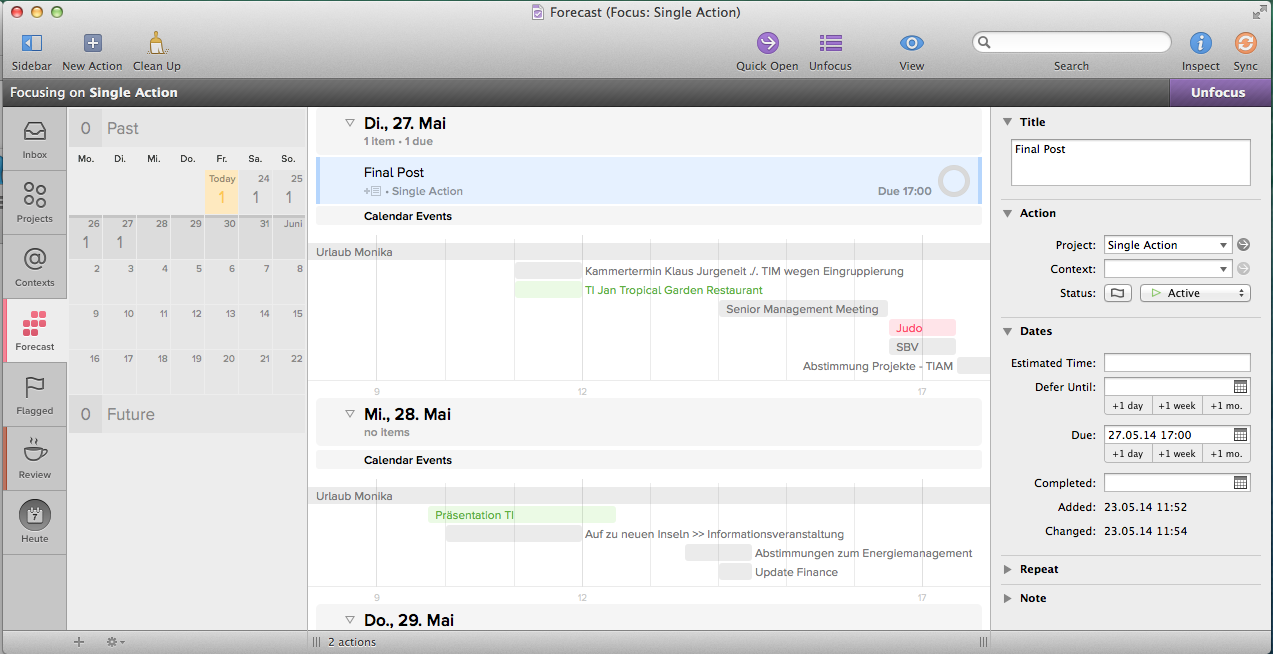


Using too basic of a workflow tool when your circumstances require a complex one will cause unnecessary mental friction and will lead to wasted time and forgotten tasks.

Somewhere along this spectrum is a tool and system that works for you. They take time to learn, they beg us to input as much information as possible for every action item thus requiring an extra step or two (or five) when creating a new task, and it can sometimes feel like we’re spending more time managing our task system then actually doing our tasks.Īnd that’s why in-between the basic and complex tools are those that support a basic structure of projects and lists (and perhaps even due dates with reminders), but which don’t allow or require additional layers of information. However, the complex tools have a trade-off as well. The complex options excel at managing detailed and long-term projects, tasks with due dates in the far future, and action items with multiple bits of additional information. It’s because of these “shortcomings” of basic tools that more complex tools exist. However, they can strain under the weight of too many tasks, long-term projects, tasks which are not yet relevant until several months from now, or tasks which need additional layers of information beyond the action item itself. They are simple and have no learning curve. Here is a dorky chart showing what I call The “Spectrum of ‘GTD workflow’ Tools”:īasic task-management tools shine with short term tasks and goals.


 0 kommentar(er)
0 kommentar(er)
